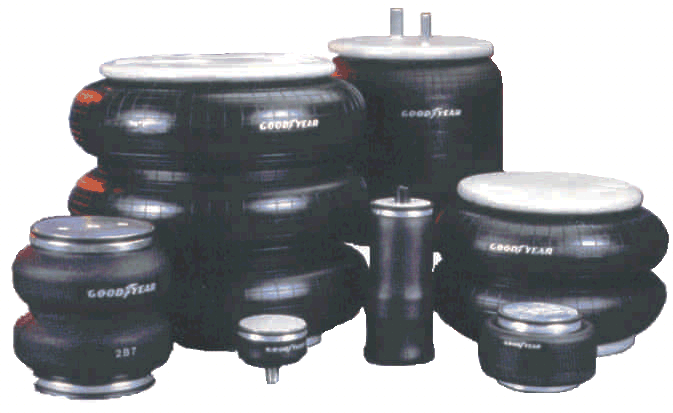Working and application of Polydyne cam systems
Basically, the purpose of a camshaft in an internal combustion engine is to open and close the valves in correct sequence. In the Otto four-cycle engine, this sequence is timed in relation to the crankshaft and pistons. The ultimate objective of the cam-shaft function is to "trap" the greatest possible weight of fuel/air mixture in the cylinders to attain 100% volumetric efficiency.
 By applying the "Polydyne" formula, it was possible for the first time to design the ca shape to provide the desired valve action. This revolutionary system of cam design recognizes the fact that flexibility cannot be reduced or eliminated but, can be compensated for. However, with the advances through the years in Cylinder Head porting and induction system design, the "Polydyne" Camshafts eventually reached their design limitation
By applying the "Polydyne" formula, it was possible for the first time to design the ca shape to provide the desired valve action. This revolutionary system of cam design recognizes the fact that flexibility cannot be reduced or eliminated but, can be compensated for. However, with the advances through the years in Cylinder Head porting and induction system design, the "Polydyne" Camshafts eventually reached their design limitation
What is polydyne cam or polynomial cam ?
Design Of polydyne cams
Cam and follower relations for polydyne cams
Cam profile generation of polydyne cams and High speed cams
Derivation for polydyne cam lift
Mathematical representation for polydyne cam
Application of high speed cams
Advantages of polydyne cams
Vibration response of polydyne cam
How to solve polydyne cam problems
Drawing polynomial cam profiles
Polydyne cam ppt,Polydyne pdf
Click Here To Download Seminar On Polydyne Cams
 RSS Feed
RSS Feed Twitter
Twitter Friday, December 20, 2013
Friday, December 20, 2013
 Unknown
Unknown

 Use of Air springs in Automobiles
Use of Air springs in Automobiles


 Submit your Email Address to Get Free latest Articles Directly to your Inbox
Submit your Email Address to Get Free latest Articles Directly to your Inbox